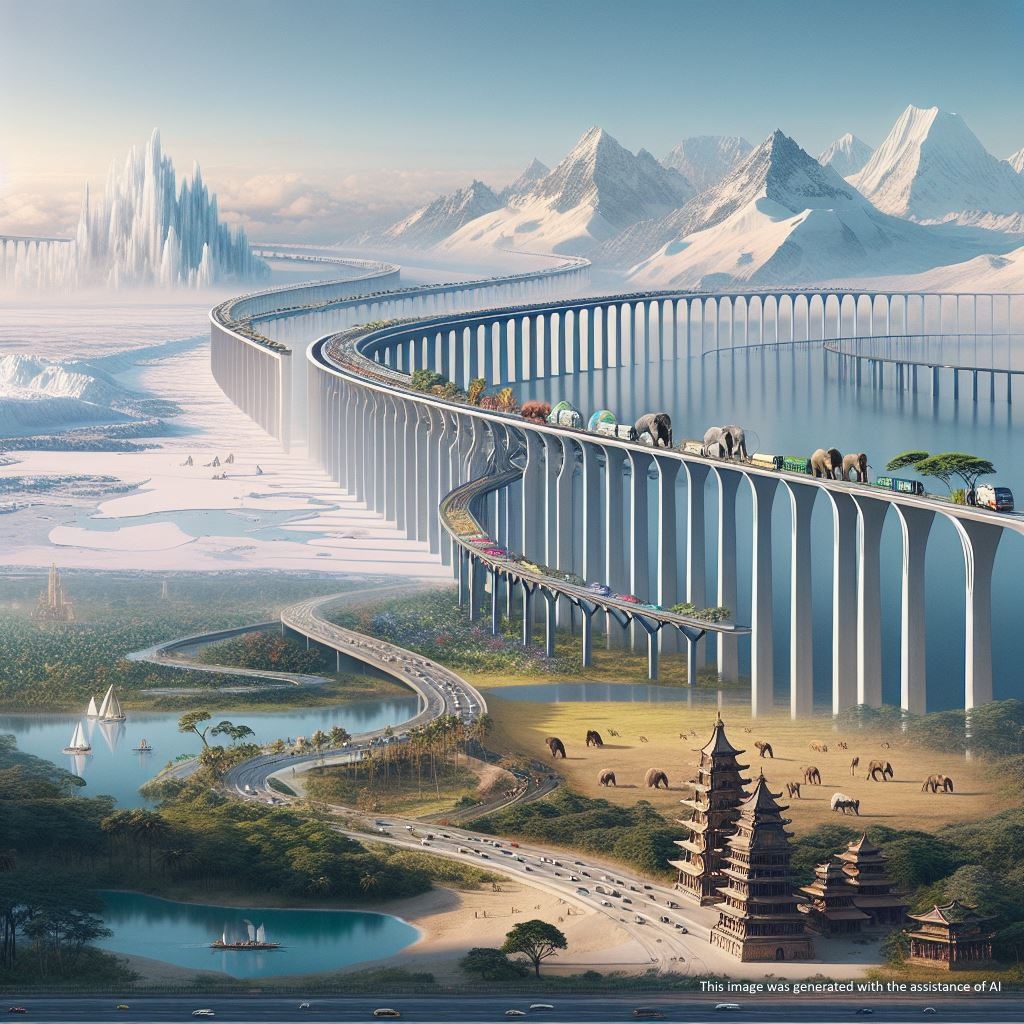Bridge Building
Submitted by Atlas Indicators Investment Advisors on November 29th, 2024
Bridges are an important part of infrastructure. They keep commerce humming when barriers need to be crossed. Such obstacles can be either man-made like trains or natural like rivers. Metaphoric bridges can also be built to close the gap between two nations, often also resulting in added commerce.
This was a big week for bridge building globally. A group of nations called BRICS + got together to do just that. Brazil, Russia, India, China, and South Africa have been coming together for 15 years, hoping to work together in order to improve their economic outcomes. Last year the group agreed to expand its membership to now include Egypt, Ethiopia, Iran, and the United Arab Emirates which required adding the “+” to the original BRICS. Part of their agenda this year included the “BRICS Bridge” plan. This bridge would allow cross border transaction settlement which would no longer require America’s banking system.
Circumventing America’s banking system has some advantages. In particular, it offers a new level of privacy. Currently most global transactions are routed through American banks. This is done in part because the dollar is a reserve currency, so many nations have relationships with America and may not have relationships with each other. Our banking system acts like a central station, connecting the various routes together in a hub-like fashion. One advantage to America is that it offers a way for our government to monitor money movement for the sake of finding nefarious actors. This also makes it easier for America to enforce sanctions for geopolitical purposes.
As an example of how important the greenback is to global trade, this article from Business Insider indicates that participants of the BRICS + meeting were advised to bring cash (specifically dollars and euros) to Russia. Why? Because most Russian banks will only take these two currencies in exchange for rubbles since their domestic currencies would not likely be accepted for exchange.
The news cycle is deluged with images of infrastructure being destroyed in wars, infrastructure which will need to be rebuilt. Depending on who pays for those bridges to be erected, another a new global banking bridge which excludes America’s oversight could be the path those funds travel. This is especially evident as the dollar appears to be falling out of favor with major central banks globally, reaching a new low this century in other countries’ foreign-currency reserves.

